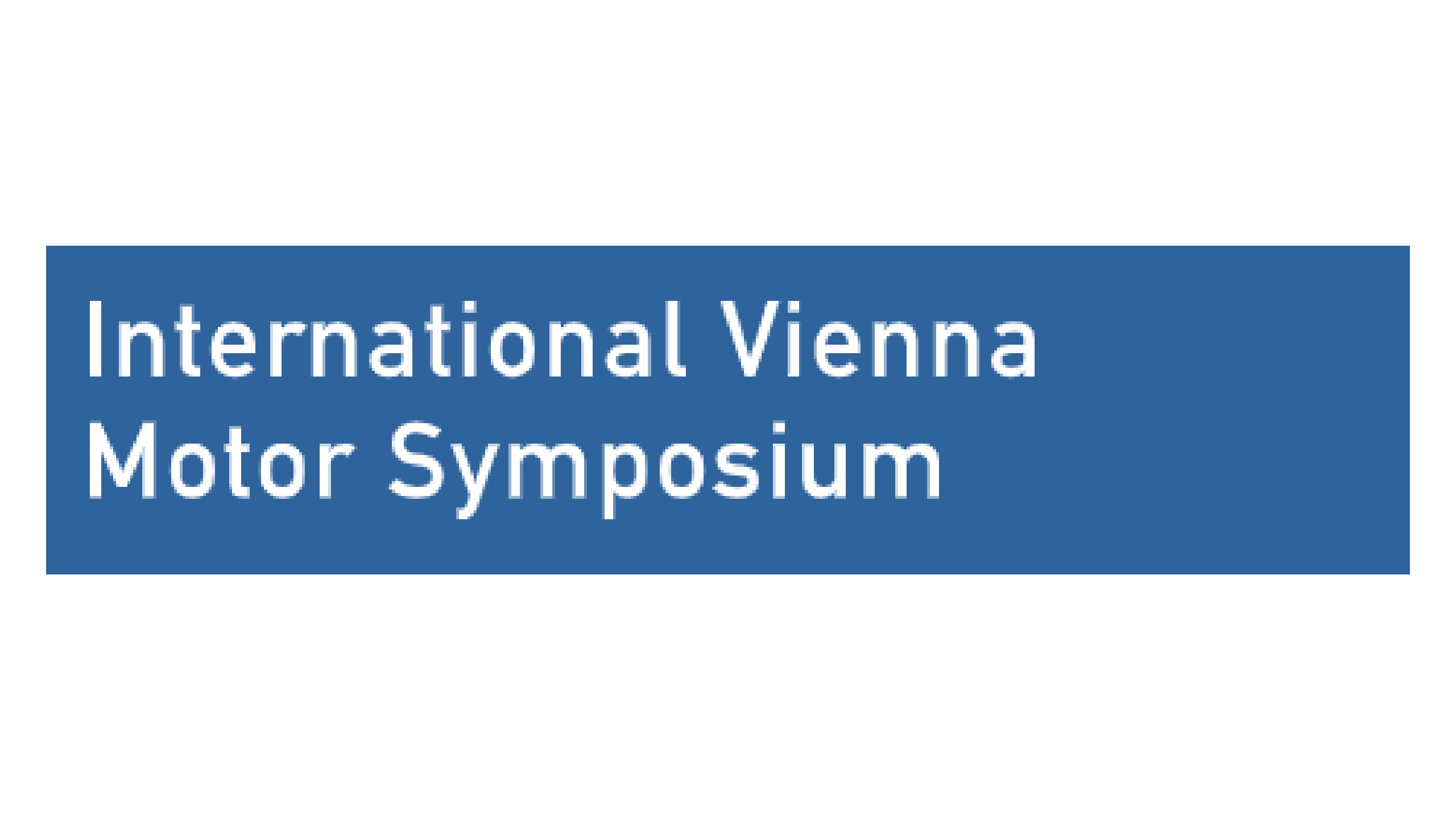Getting to the 2025 Vehicle Fleet with IAV Powertrain Synthesis
IAV study reveals potential and specific examples for optimizing vehicle fleets
The “2025” fleet is currently a big issue at all OEMs. How will it be possible to reach the CO2 fleet limits by then? What are the best technical solutions for a specific vehicle portfolio? IAV Powertrain Synthesis provides answers to these and many other questions. In a study, IAV has demonstrated what this tool can achieve on the basis of an example vehicle fleet. From 2025, it is expected that typical vehicle fleets will only be allowed to emit 75 grams of CO2 per kilometer. Even today, this means OEMs must start thinking about which technologies will let them reach this target for their very different fleets.
IAV Powertrain Synthesis is an holistic, systematic and automated process that answers complex questions of powertrain concept development. Doing so, it takes account of all relevant facets and criteria on requirement- and technology level, and delivers reliable results in a short amount of time.
Detailed comparison of all options
This unique methodology covers all types of combustion engine, transmission, e-motor, power electronics, battery, operating strategy, vehicle and topology. “IAV Powertrain Synthesis provides the key to systematically investigate optimal technical solutions and fleet scenarios in relation to cycle emissions, performance, production costs and technologies. This enables an objectively evaluation of conventional, hybrid and all-electric powertrains”, explains Dr. Christoph Danzer, development engineer in the Technical Systems, Powertrain Concepts division at IAV. “The variation studies based on this show the impact of technologies and how the demands on aspects such as consumption efficiency, driving performance and system costs can be met. This provides the basis for objectively comparing different topology options, with the ability to vary component parameters and maps.”
The response from our customers to the Powertrain Synthesis presented in 2016 is very good. “We are very busy – because the method is an unique feature for IAV”, says Danzer. Exemplifying the methodology’s approach and performance, he has examined an example fleet made up of three models of a compact class vehicle: a budget, a main and a sports derivative. This simple example alone shows how complex it is to define the optimum technology mix for a fleet from the huge number of options.
24 million different solutions
Danzer started by characterizing the properties of the virtual fleet and entering their desired consumption levels, predicted shares of sales, requisite driving performance and all manner of other information into the IAV Powertrain Synthesis.
In response to this, the variant generator delivers 24 million different powertrains that are then analyzed in detail in IAV’s computing cluster. “For each potential solution, we simulated fuel economy in the WLTP and also computed constant speed consumptions at higher velocities”, Danzer reports. “Driving performance simulations deliver information on acceleration, top speed or gradeability – in each case for the various modes of ‘all-electric driving’, ‘hybrid operation” and ‘driving by combustion engine only’.” On top of this, information are provided on technical variables, such as energy loss in the powertrain or the number of gearshifts and combustion-engine starts. Powertrain Synthesis also delivered the costs for all drive components, such as combustion engine, transmission, power electronics, e-motor and battery.
As an interim result, Danzer ended up in each case with over 80 property-values for the 24 million possible solutions. The next step involved a fully automatic benefit value analysis. For each of the 80 characteristic properties, the Powertrain Synthesis generates a separate ranking, assessing the solutions in a range between 100 percent (best option for meeting each individual requirement) and zero percent (poorest fulfillment). “This makes it easy, for example, to see which powertrain provides the best system compromise”, Danzer explains. The rankings for the most important attributes, such as consumption levels, driving performance and costs, were then weighted to identify the solutions with the best level of fulfillment.
Overall ranking as an objective basis
Finally, the results were matched up to the specific demands from each vehicle portfolio. “As a user, I can state how important I find fuel economy, driving performance and costs in relation to each other and which limiting values definitely need to be achieved”, Danzer says. “This can be broken down also on the costs by components such as combustion engine, emotor or transmission.” Proceeding from these criteria, IAV Powertrain Synthesis finally computes the overall ranking of technically feasible solutions, guaranteeing maximum objectivity and ensures also a high level of development security.
“Here, it is interesting to take a closer look at the best five percent”, Danzer says. “Very often, they come up with the same technologies, making it essential for an OEM to have them in its portfolio. In the specific case of the fleet of three vehicles, they included the combustion engine in the form of a three-cylinder engine, sometimes as a naturally aspirated engine, sometimes with a turbocharger and various forms of hybridization – either way, the best compromise between consumption, driving performance and costs.
The analysis also delivered technical data for the e-motor and transmission, e.g. peak power and loss map for the electric motor and the transmission’s ratios series as well as an estimation of costs. “Of course, the fleet under consideration here, with its three vehicles, was very small”, Danzer says, summarizing.
“But the methodology works just as reliably for far more vehicles. Time and again, it is shown that an OEM should always look at the whole fleet and the entire powertrain when reaching its strategy decisions.” To demonstrate the principle of Powertrain Synthesis, IAV has developed an app. On a tablet computer, the user can configure various powertrains live and immediately see what effects choosing a particular technology has on consumption, costs and other characteristics.
A demonstration that goes down well: “The response at conferences and congresses is very good”, Danzer says. “The app instantly shows how IAV Powertrain Synthesis finds the optimum solution from a wealth of options.”


